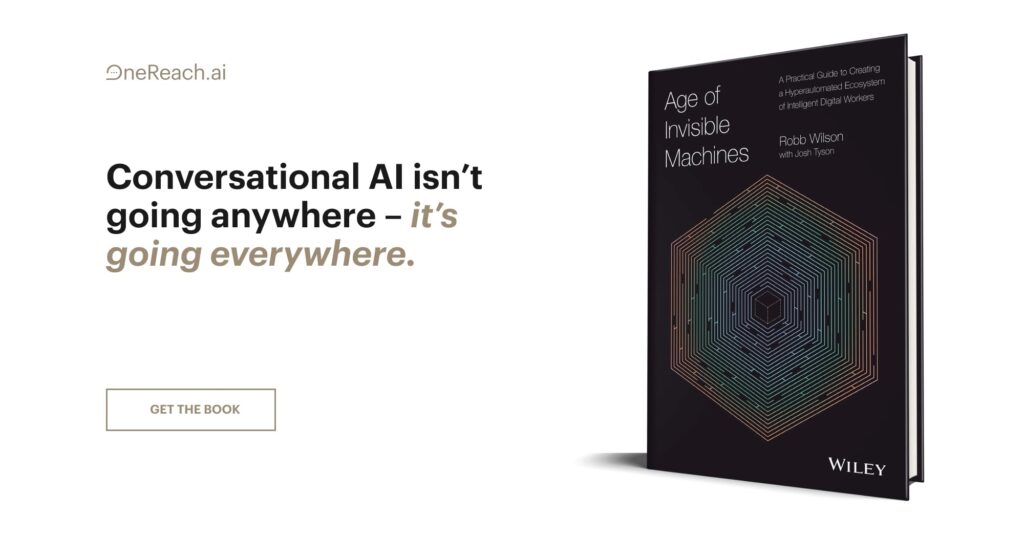Late last year, I wrote a piece titled “Design Won’t Save the World.” It focused on the limits of human-centered design and its failure to impact the big problems we face. The morning the piece was published, my wife sat in our living room reading through it. When she finished she said, “we need bee-centered design.” Since that moment I’ve been thinking about what that would mean.
Wikipedia defines human-centered design (HCD) as “a design and management framework that develops solutions to problems by involving the human perspective in all steps of the problem-solving process.”
Hasn’t our entire existence been about involving the human perspective in all steps of the process? I mean, at one point we literally believed that we were the center of the universe. Empirically we’ve figured out that we’re not the center of everything but practically, we pretty much still carry on as if we are. We are very aware of the vast and powerful interplay between the parts and pieces that surround us, but we continue to see the world as one big show unfolding in service to us. When you get right down to it, human-centered design is just an extension of this belief in both name and execution.
Humans have a lot of problems that need solving — and we should try to solve those problems. But humans don’t exist in isolation; we are but one very small piece in a very large puzzle. While centering the human perspective can help foster more humane design outcomes, it also perpetuates myopic navel-gazing.
By centering on the human perspective, we also center our narrow definition of success.
When we observe a problem that impacts people, our process dictates that we solve it. Very often, these solutions are developed in isolation, exclusively from the human perspective. This creates a solutions-at-all costs mentality in which we often ignore any risk of broader impacts, rarely asking ourselves if the problem should even be solved in the first place. This inward-looking approach leads to a lot of human-centered solutions — but it also leads to a lot of collateral damage to the larger systems around us.
By centering the human perspective, we also center our narrow definition of success. We believe that business metrics and economic growth are the end-all, be-all of human progress. But when we infuse that belief into all steps of the problem-solving process, it becomes the frame through which we view all outcomes. In many cases, a solution is not deemed successful unless it carries a financial upside. (This doesn’t have to mean actual revenue; it can simply mean shareholder value, as we see with many web companies.) Whether the solution solves the original problem or not is almost entirely irrelevant. This prioritization of profits over progress puts a ceiling on the amount of real, human value we can actually deliver. It also papers over any resulting collateral damage.
While centering the human perspective has allowed us to make important gains, it doesn’t scale. In an interdependent system, continually over-prioritizing the needs and desires of a single component will eventually cause the entire system to collapse.
It’s time for us to broaden our perspective. We need to start looking beyond the ends of our own noses.
What is bee-centered design?
So, what does bee-centered design really look like? I’ve realized that it’s not necessarily a literal concept. We don’t gain anything by actually putting bees at the center of our decision-making processes, or by spending lots of time creating solutions to problems that the bees didn’t even know they had. Rather, it’s about shifting our mindset to open up a much-needed new perspective for the things we create.
The “canary in the coal mine” mentality
The scale of our impact on the environment is enormous. In our current design paradigm, we largely assess that impact based on short-term outcomes for ourselves. If something doesn’t kill us immediately, we’ll give it a thumbs-up. But we are the strongest link in the chain and in an interdependent system, the chain is only as strong as its weakest link. Unfortunately, our approach to design has been knocking off weak links left and right.
So far, we have largely shielded ourselves from this downside with our technical resilience. But there is a limit to what we can withstand.
Bees are a sentinel species. They are more fragile and susceptible to environmental changes than species further up the food chain, and their health is an early indicator of impending ecological issues. If our design process shifted to center them, or to focus on other weaker links, we would have to consider the impacts of our actions beyond our immediate health and safety. This small change could mean a complete shift in our tolerance for risk, and in our patterns of creation and consumption.
This principle isn’t just about sustainability; it’s also about the quality of our design solutions. In a previous career, I was a health inspector. The regulations I used to enforce food safety were developed based upon risk tolerances aimed to protect the most vulnerable among us: young children, the elderly, and the immunocompromised. While this system created a more stringent set of rules, it also made the rules significantly more effective. A standard set to protect a baby will almost always protect a healthy adult.
Nothing we create exists in isolation; it all lives within the overall natural system. If we architect our solutions with tolerances that support the more vulnerable aspects of that system, we’ll actually craft a more effective solution. If we design for the health of the canary in the coal mine, we will also be designing for the health of the miner.
A common goal
Bees work in service of their hives. The hive system delivers maximum value because everyone feeds into it and moves in the same direction. The key to the hive’s effectiveness is that every bee within it has a clear view of where they are going. Humans don’t have that; on the whole, we don’t have shared goals. The closest thing we have is the profit motive (and, I guess, basic survival).
Where are we going and to what end? Are we just making shit for the hell of it? Do we want to pile up money? Solve all human problems? Fill every possible niche with a product? These are obviously big questions but they aren’t questions that our existing design frameworks even remotely try to address.
We’re trained to ask questions — but why don’t we question the validity and value of our obsession with solving problems that affect only us?
Instead, our current frameworks root us in processes and problems. Design thinking, for example, is rooted in “empathy, optimism, iteration, creative confidence, experimentation, and an embrace of ambiguity and failure.” This is all about process, not outcomes. It provides a playbook for how to find problems and steps for how to develop solutions, but it doesn’t guide the outcomes for those solutions. It doesn’t get us all moving in the same direction.
What if the core of our design framework was rooted in a set of universal outcomes? What if we had a common set of goals to pull toward, regardless of what product we’re designing or what industry we’re working in? These goals could be built around things like empowerment, inclusivity, sustainability, equity, and opportunity. They could become a base filter through which we evaluate all of our designs.
Having collective goals would not negate the need for process altogether. Instead, it would ground that process in a shared ethos, amplifying the power of all of our efforts in a common direction rather than pushing each of us to grasp in isolation for something greater.
Widening our view of the world
Bee-centered design would also, quite simply, widen our view of the world. It would mean taking a moment to get out of our human bubble and look around. We’ve told ourselves so many stories about the way things are supposed to be; those stories play on autopilot every time we create something. We’re trained to ask questions — but why don’t we question the validity and value of our obsession with solving problems that affect only us?
Why do our companies need to become monopolies in order to win? Why do our products need to maximize engagement? Why is convincing people to upgrade every 12 months a good thing?
Does every product deserve to exist? Does every problem need to be solved?
Human-centered thinking keeps us locked in our human-centered bubble. We need to break out.









